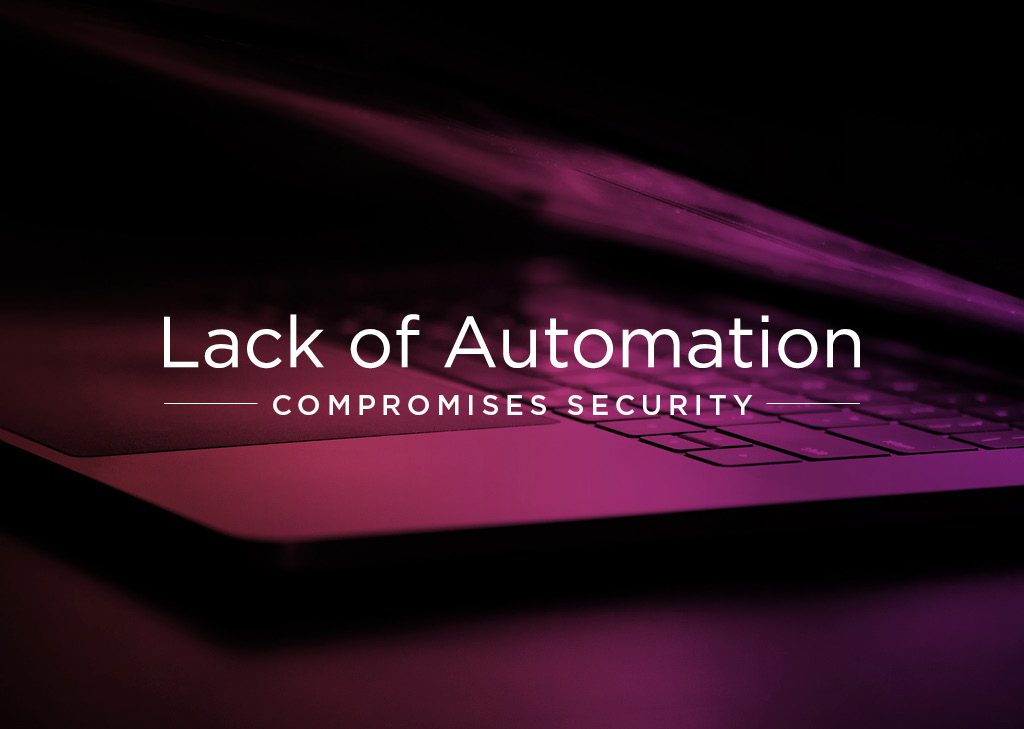
Lack of Data Unification and Automation Compromises Security
IT Security Data Is Spread Far Too Wide
There is so much data in the modern enterprise that it is hard to keep track of. A dozen different security systems, threat intelligence feeds, and enterprise monitoring tools with logs that generate enough data to fill the great library of Alexandria.
The problem is collecting and unifying data that is spread around so many information silos and in so many disparate platforms.
A study by Forrester Research entitled, “Forrester Opportunity Snapshot: Automation and Unification Enable A Cohesive Attack Surface Defense,” delves into this area. It found data unification and automation to be the key factors in bringing order to security confusion and enable a more cohesive defense of the enterprise attack surface.
The major findings of the research include:
- 71% of security leaders report their teams need greater access to threat intelligence, security operations data, incident response data, and vulnerability data.
- 65% of respondents find it very challenging to provide security teams with cohesive data access.
- 64% of respondents note that sharing cyber threat intelligence between their organizations’ security operations center (SOC), incident response and threat intelligence teams is limited. Organizations also cite several data silos and data access issues that hamper their ability to achieve collective defense.
- Top obstacles to unifying technologies include cross team collaboration (55%), data silos within security teams (47%), discovering and accessing data (45%) and functional silos within security (45%).
- Due to difficulties unifying data access, security teams and security technologies, firms report several consequences tied to hazardous defense issues, including slow threat response (60%), avoidable data breaches (57%) and avoidable human error (53%).
- In addition, there are financial impacts experienced because of a lack of security unification and automation, such as high mitigation costs and increased cybersecurity spend (51%) and fines and compliance issues (45%).
Solving the Security Data Challenge
To counter today’s evolving threats, there is clearly a need for security operations teams to gain better access to data stored in the various cybersecurity and IT applications within their environment. Only by bringing this together and obtaining a centralized view to bolster defenses and proactively defend assets. A more unified and collective data foundation is needed to stay one step ahead of the cybercriminals hoping to prey on enterprise networks.
Automation, too, plays a major part. With the data collected in one place, there yet remains too much of to easily monitor and keep track of. It takes automation and built-in intelligence to:
- Sift out the false positives.
- Cross-correlate the different logs and alerts to determine priorities.
- Detect strange behavior patterns that may indicate malicious intent.
- Spot anomalies and tie them into other potential threat indicators
- Integrate threat intelligence feeds into enterprise systems.
But that is only half the battle. Once unified data and automating its analysis are possible, there remains one more step: automating the remediation actions. If one IT staffer is going to manually check each alert, deploy patches to each machine, and run vulnerability checks on system after system, it takes up too much time. In fact, it probably takes up all of that person’s time.
Automation is vitally needed in every aspect of security remediation to maintain a response rate sufficient to thwart attacks. In patch management, for example, lack of automation can delay the implementation of a critical patch when there are hundreds or even thousands of endpoints to manage. A tremendous among of time is saved if IT does not have to formulate scripts, hop from one screen to another, or manually push out patches to various destinations.
How Syxsense Can Help Your Business
Syxsense offers a patch management solution that provides drag-and-drop features, as well as automation of processes and multistage tasks: for example, automating a sequence such as patching VM guests and rebooting them, then patching their host, and performing a separate reboot. It enables you to easily manage unpatched vulnerabilities with the click of a button.
It includes patch supersedence, patch roll back, and a wealth of automation features. In addition, it provides a three-hour turnaround for the testing and delivery of new patches as well as technology to send software and patches across the wire once, using peer-to-peer within the network for local distribution.






